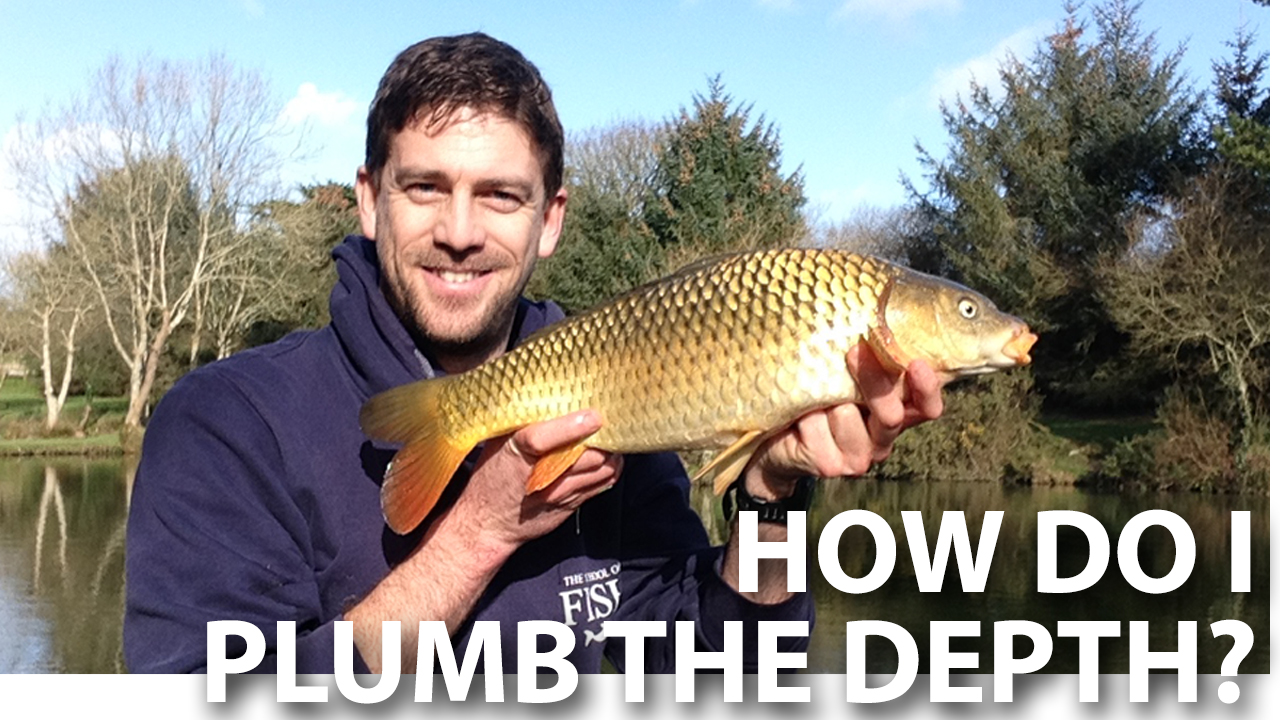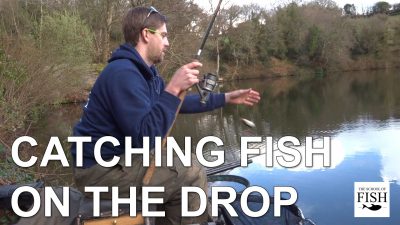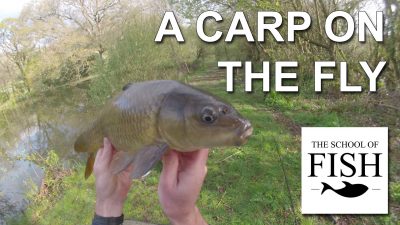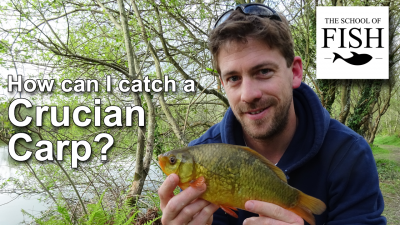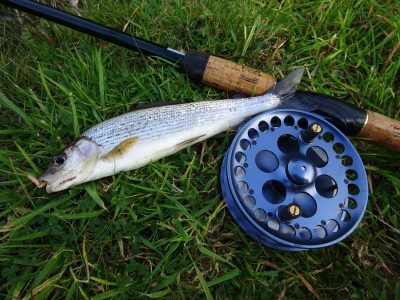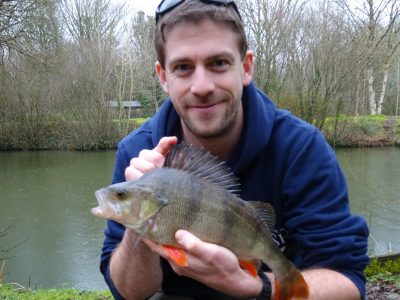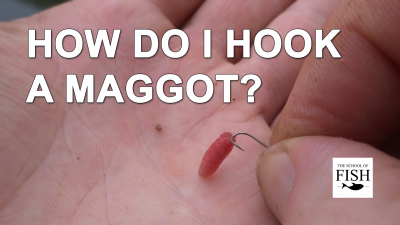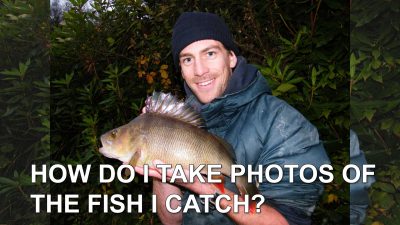Plumbing the depth is an important skill to master to help you become a better angler. It will take around five minutes at the start of your session but it is worth the effort.
- Set up your float fishing tackle as normal but add either float rubbers or small shot at the base of the float, not enough to cock the float properly.
- Add a plummet to the hook and secure it in place by pushing the hook point into the cork/rubber.
- Set a distance between the plummet and the float of around 3ft.
- Lower or cast the tackle into the water. If the depth of water is greater than the distance between your flaot and plummet the float will be pulled under the water. If it’s less the float will stand out of the water or lie flat on the surface.
- Adjust the distance between the float and the plummet until, when you cast into the water, the float tip is just visible. With the plummet removed and the correct weight/shot added to the float the bait will now be just touching the bottom, perfect for bottom feeding fish like Carp, Bream and Tench.
